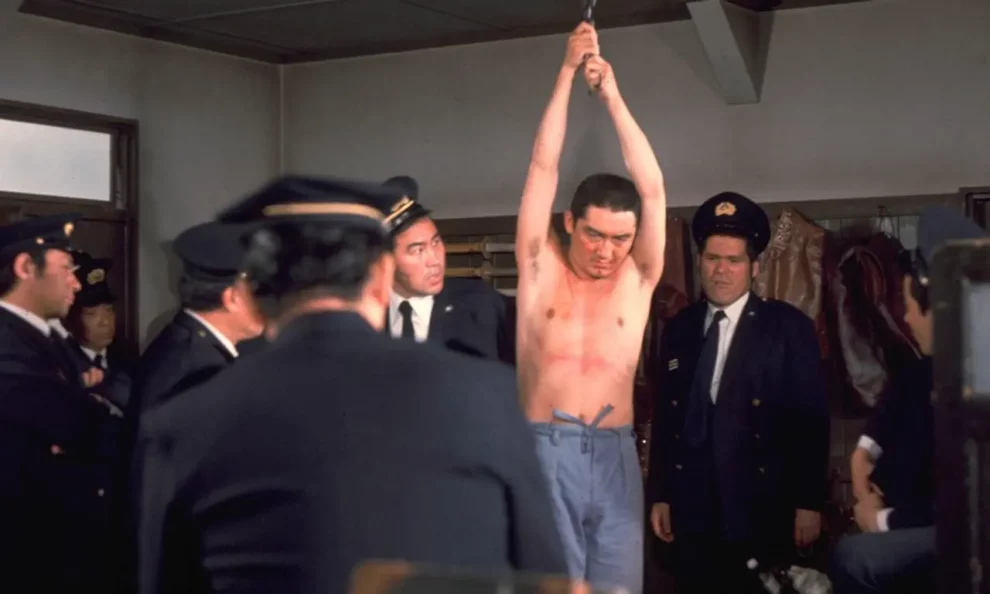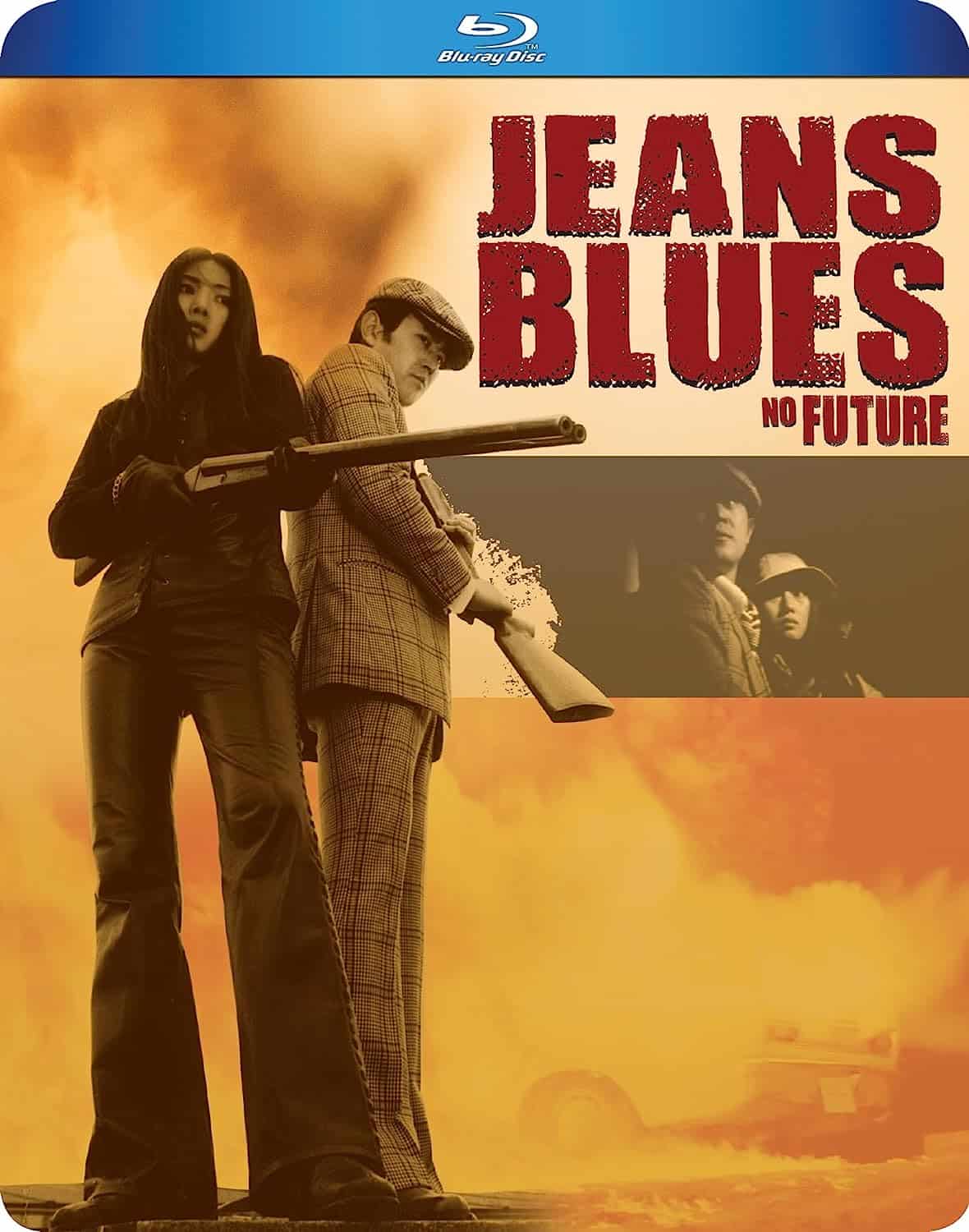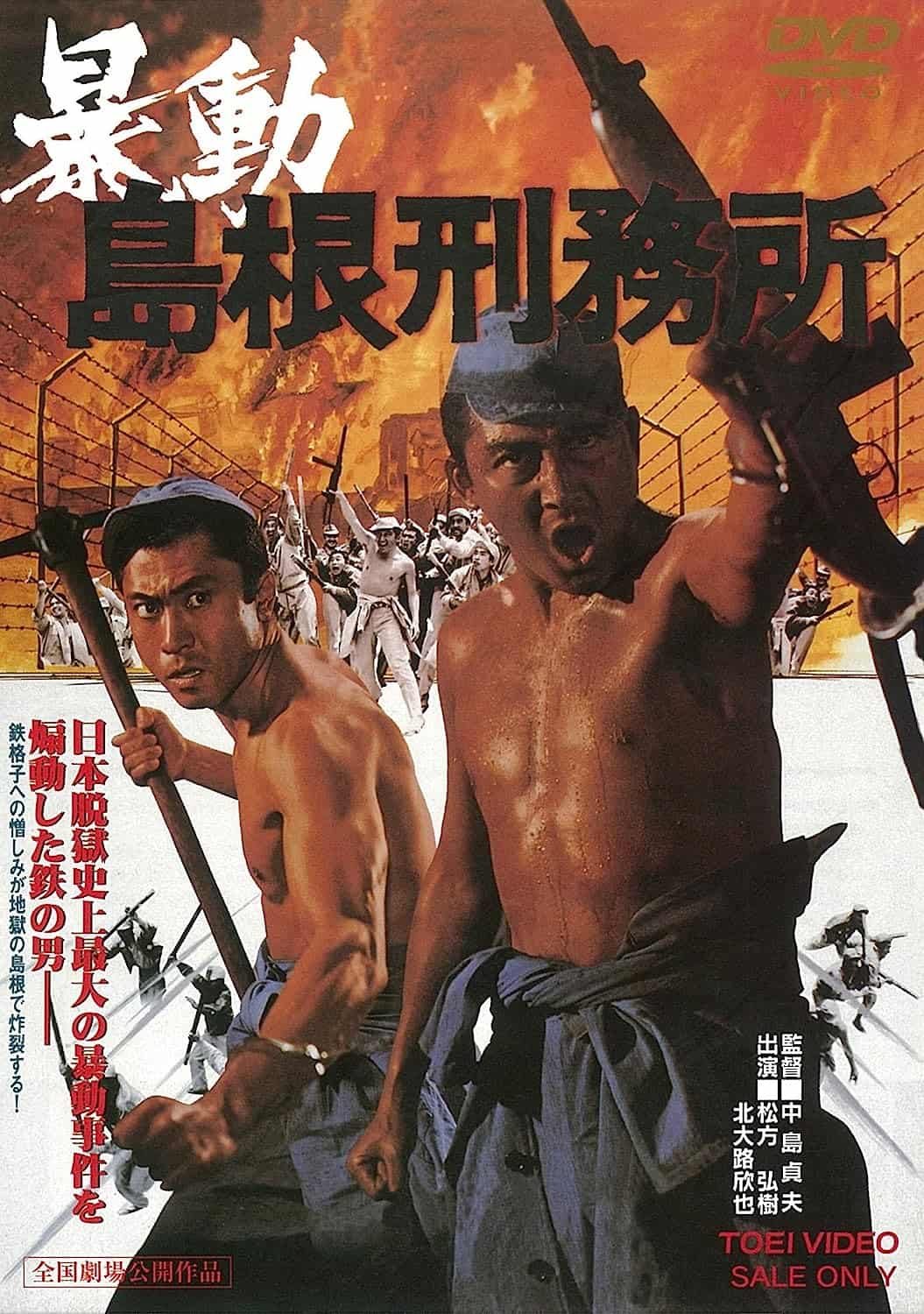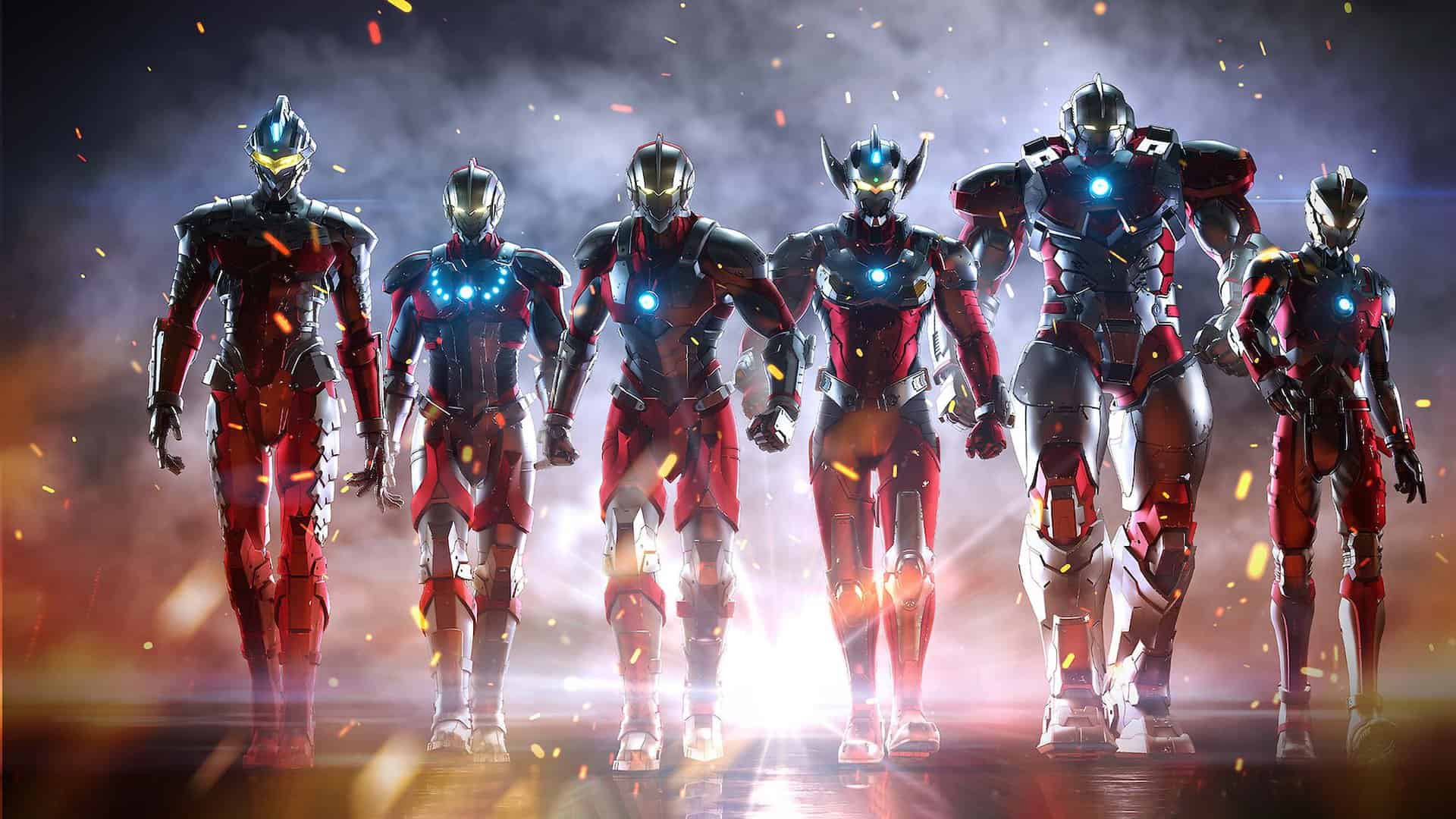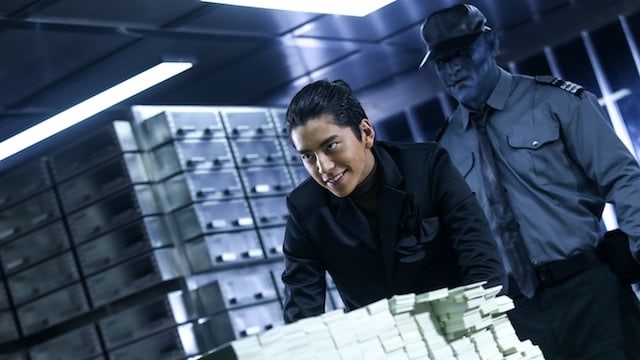Sadao Nakajima passed away from pneumonia on 11th June, 2023. He was 88 years old. Active as a director until just four years before his passing, Nakajima left behind legacy of work that most directors would dream of. Alongside Kinji Fukasaku and Junya Sato, he is credited as being one of the main names to define the Yakuza genre, with some of his greatest works coming within that genre for Toei Studios, showcasing a range of styles and narrative complexities while at it. Outside of the yakuza genre as well though, Nakajima made a number of terrific features, mixing a range of genres and filmmaking styles effectively over an illustrious career that lasted a little under 60 years, starting from his debut in 1964 all the way until his swansong in 2019.
Without further ado, we list 12 essential films by Sadao Nakajima that are not in the Yakuza genre, in chronological order.
1. Female Ninja Magic (1964)
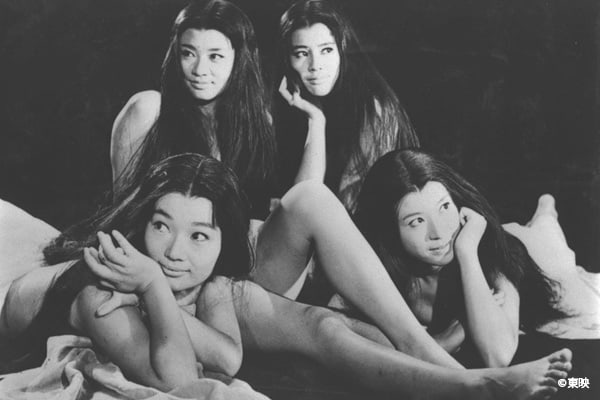
If you thought Sadao Nakajima debuted with some yakuza fare or a straightforward jidaigeki, think again, because his first directorial endeavor actually was “Female Ninja Magic”, a wild period piece about… female ninjas with almost supernatural “magic” skills. Think bare-chested flying female ninjas, pregnancy transfers (yep), shape-shifting and more and you'd be close to what “Female Ninja Magic” is about. What a way to introduce yourself as a directorial voice to the world!
2. Memoir of Japanese Assassinations (1969)
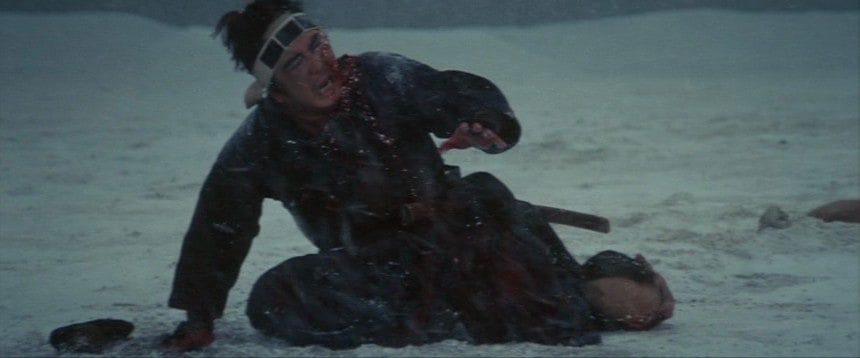
Marketed as an anthology feature which collects key real-life incidents in Japan where assassins changed the course of history with their acts, the film is a three-act narrative, with the two bookends holding the central, larger story involving a magnificent performance from Sonny Chiba as Onuma Sho that takes up the majority of the runtime. In addition to Chiba”, “Memoir of Japanese Assassinations” features an unreal roster of Toei actors that walk in and out of the film, including but not limited to Tomisaburo Wakayama (in one of the feature's most unforgettable sequences), Bunta Sugawara, Junko Fuji, Koji Tsurata, Ken Takakura and Chiezo Kataoka. The way Nakajima handles the politics of it all is rather impressive, never taking a side and only presenting the facts as known at the time.
Check also this interview
3. Withered Tree, The Adventures of Monjiro (1972)
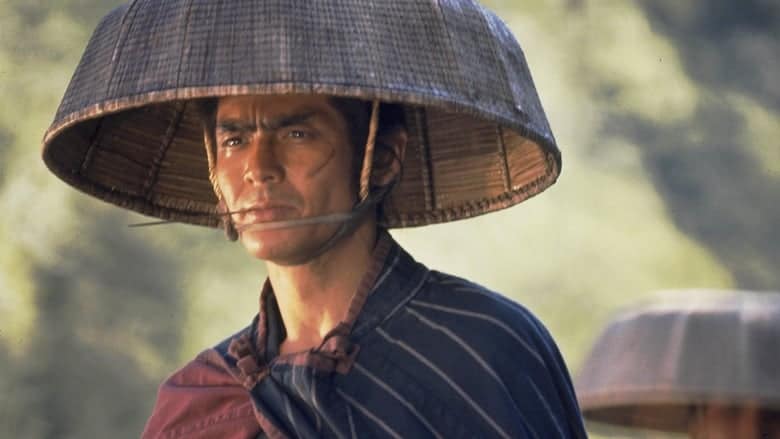
The first part of a duology, “Withered Tree, The Adventures of Monjiro” stars Bunta Sugawara in one of his coolest roles ever, and that says something for an actor who oozes swagger every time he's on screen, wearing his straw hat and chewing on a blade of straw. Almost a prison movie of sorts, which sees Sugawara's titular character Kogarashi Monjiro sent to a remote island when he takes the blame for the murder of a police officer, this is the movie that established Sugawara as a masculine figure upon release. This, along with its second part, was Nakajima's only “proper” chanbara, as the director would himself say.
4. Girl Boss: Escape from Reform School (1973)
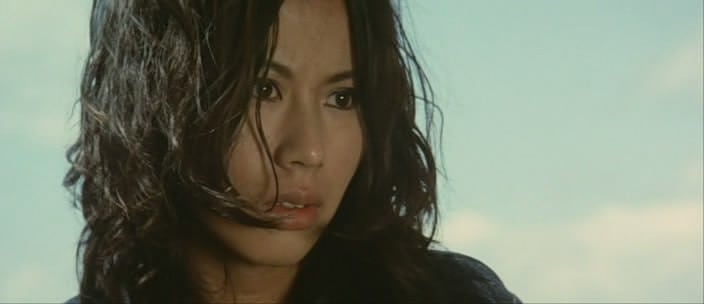
Both Reiko Ike and regular director Norifumi Suzuki give way to Miki Sugimoto, who leads an eclectic ensemble female cast, and Sadao Nakajima for this entry in the “Girl Boss” series, a pinky violence film that forgoes some of the genre's more sensational element and focuses on the story and its characters, starting of as quintessential sukeban before turning into a fine women-in-prison narrative. Miki Sugimoto is excellent as always in what certainly ranks amongst her better works.
5. The Rapacious Jailbreaker (1974)

Hiroki Matsukata stars as Masayuki Ueda, a convicted murderer with no remorse who no prison can keep behind bars and keeps escaping from every hole the authorities throw him in. “The Rapacious Jailbreaker” is often brutal (the first jailbreak is unforgettable), quite funny at times (with a fun meta-dialogue involving Toei films too) and never boring, thanks to a solid turn from the always-reliable Matsukata. Quite simply, one of Nakajima'a most fun films!
Check also this article
6. Jeans Blues: No Future (1974)

Arguably one of Nakajima's most famous works from his heydays, “Jeans Blues: No Future” may not be his best film for his fans but is known for its involvement of the super-popular Meiko Kaji. It also stars Tsunehiko Watase and opens on a memorable violent and brutal sequence, going on to play out like a Japanese “Bonnie & Clyde”, by way of “Badlands”. Though making majorly masculine films, this one, along with a few female-led Yakuza films, goes on to show that Nakajima was just as adept and handling stories with strong female characters. “Jeans Blues: No Future” is about to get a blu-ray release in the US from Discotek Media and will end up being the first Nakajima film to get a blu-ray release.
7. Shimane Prison Riot (1975)
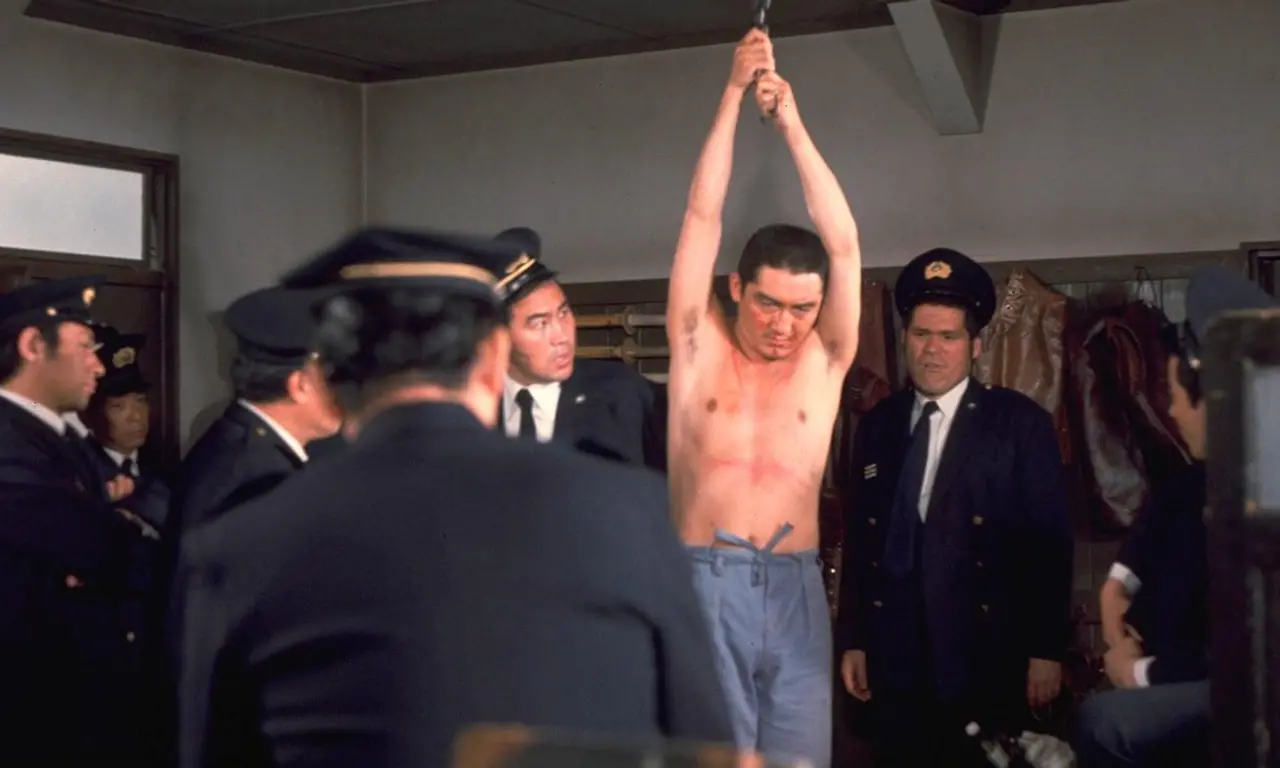
The first 50 odd minutes of “Shimane Prison Riot” play out like a standard prison movie with trope seen often before in similar productions. Nakajima however lets completely loose in the final 40 minutes of the runtime, staging and executing a daring prison riot that is magnificent in its scope and very ambitious for its time. The ending teases a possible sequel or series that, much like a number other Toei possible franchise-starters, never came to be which is a shame, because it'd have been interesting to see how Nakajima could've topped what he did in this one.
8. A Savage Beast Goes Mad (1976)

Think “Speed”, done in the 70s Toei style, and that's “A Savage Beast Goes Mad” in a nutshell. “A Savage Beast Goes Mad” stars Tsunehiko Watase, playing a jewel robber himself on the way to meet his girlfriend when the bus he is in gets hijacked by two bank robbers. This Nakajima effort plays out quite unlike most output from Japanese cinema, like a chase movie for the most part. Watase impresses in a role that demand a lot of stunt work from him. Nakajima also manages to keep the otherwise basic premise engaging by constantly raising the stakes and filling the bus, and thus the narrative, with interesting characters.


